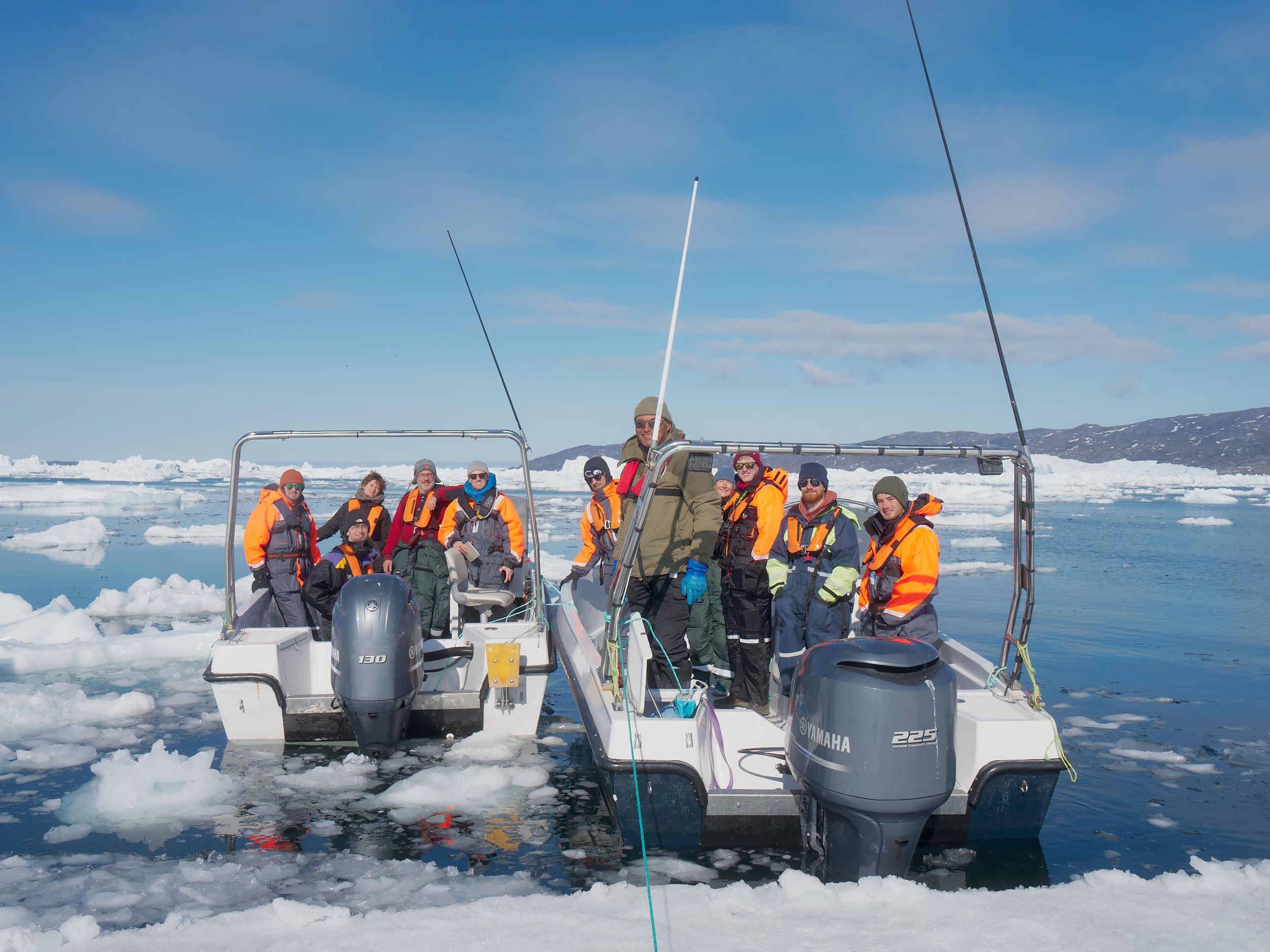From research to action: Climate adaptation and knowledge production in Greenland
Guest post by Marie Stougaard, Master student in Climate Adaptation at SDU
Why is there so little written about local climate adaptation, when such a vast part of knowledge about climate change comes from research produced in Greenland?
This gap in the conversation was the motivation behind my master thesis and final project of my degree in climate adaptation at the Department of Biology at SDU. I spent two months in Ilulissat in Greenland engaging with local adaptation efforts at the research center ILLU, however the focus of my thesis quickly shifted to include co-creation of knowledge inspired by Greenlandic research strategy 2022-2030 published by the research council of Greenland. This research strategy focuses on how to make knowledge locally embedded and accessible. This is also crucial for climate adaptation as climate adaptation solutions depend on the people who the solution is made for, by and with. At ILLU (meaning house in Greenlandic) I kept the research station open twice a week to create a community space bridging the knowledge produced there to the community. I also interviewed employees in Avanaata municipality to get local accounts of some of the institutional challenges working with climate change challenges in Ilulissat.
The municipal workers experienced that there were currently no formal adaptation initiatives in place, however, as one municipal employee noted, cultural practices and local knowledge often help fill this void. They described the lack of economic incentive structures favoring long term climate adaptation. Further, individual utility management of waste, water, etc. made planning for adaptation difficult on the municipal level. I found that although people living in Ilulissat don’t always characterize their actions as "climate adaptation," they are, in fact, adapting: As sea ice thins due to changing temperatures ice fishing becomes more difficult, and the use of sled dogs for this purpose fades. Many residents have reduced the size of their dog pack or shifted their use toward tourism. Fishing seasons and fish stocks are also changing, causing some residents to repurpose their boats for tourism or change occupation. Other visible impacts are the thawing of permafrost and increased amount of melt water which affect infrastructure and make good building ground scarce. To adapt, residents rethink the use of building material and location, however I experienced that industrial and corporate development interests were given priority. As in so many other places there is a need for a democratic conversation about how to adapt to climate change with emphasis on local knowledge and democratic involvement.







